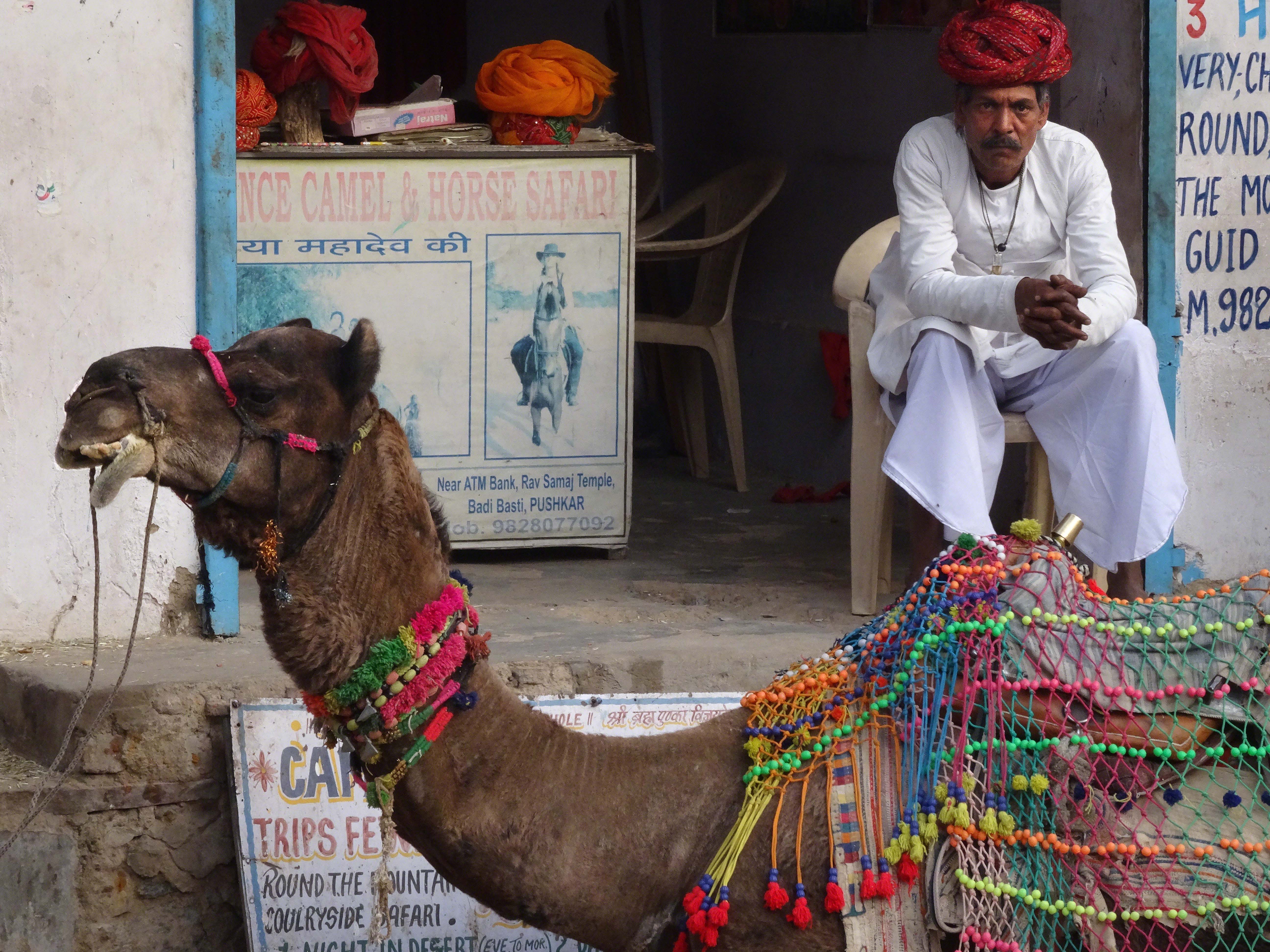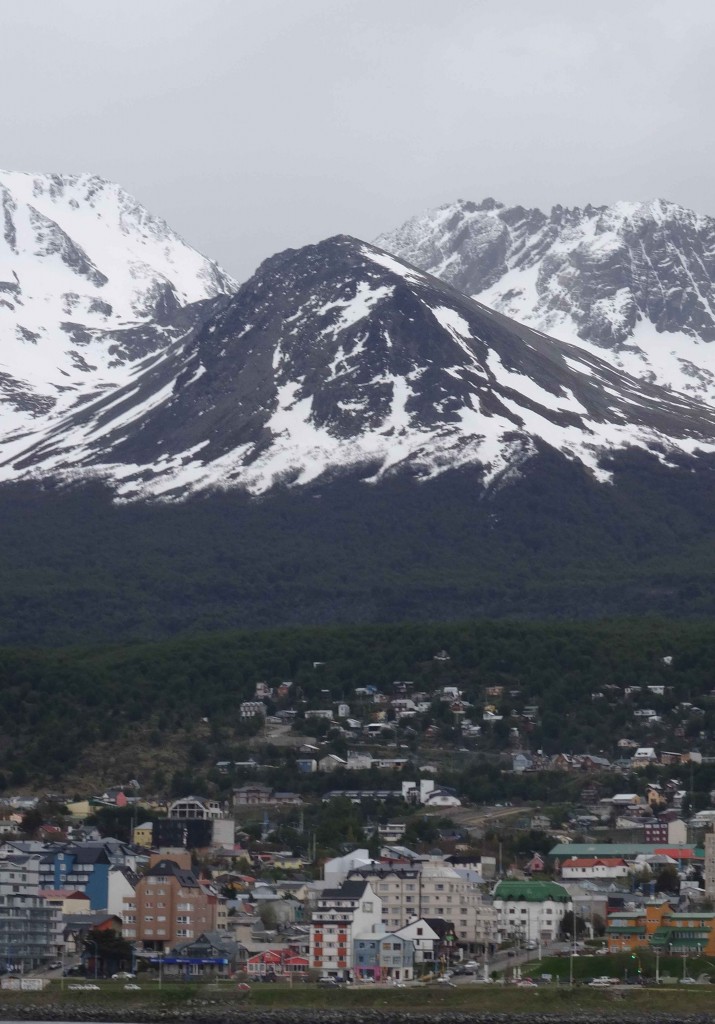Walking the streets of Oaxaca between torrential downpours is as if wandering through a dream. Turning corners I think I recognize only to find myself lost and then found again.
Rich jewel tones, bright whites, dark skies.
The whole day somehow reminiscent of being inside Fellini’s “Giulietta degli spiriti” or Maya Deren’s “Meshes of the Afternoon”.
I am headed for the Textile Museum but keep getting sidetracked.
During my third stroll along the pedestrian corridor of Alcalá, I stumble out of the rain and duck into a space I discover to be the Museo de Arte Contemporáneo de Oaxaca, their current exhibit a retrospective of Eduardo Sarabia’s work. Twenty pesos ($1.50) later I am drifting through this re-purposed 18th century mansion, through rows and rows of his blue and white vases, which upon closer inspection reveal images of pot leaves, machine guns, and naked ladies. In the last room, a small record player is spinning French disco producer Cerrone’s “Amor en do menor” (Love in C Minor). I stand, waiting for the track to finish, and I flip the disc to Side B, before returning to the streets again.
Everywhere I look, there are signs that I think are protesting the disappearance of The Missing 43 – 43 students, presumed dead at the hands of the Guerreros Unidos cartel – though with my limited Spanish, they could be about something else entirely.
I continue on, popping into tiendas, examining their wares every time the rain begins again. People’s mouths moving, and words coming out, but only understanding bits and pieces, my mouth moving in response, but never conveying anything of substance. Every few moments, a new distraction from my goal, as I am gently beckoned and pushed from place to place.
Still searching for the Texile Museum, I make a wrong turn and instead find myself inside the San Pablo Centro Académico y Cultural – a space originally built in 1529 as a convent by the Dominicans, having been restored and re-imagined in the 20th century, adding modern elements of glass and steel to the stone arches of the past. There is an entire space dedicated to the art of print making: typography, lithographs, block prints…another space displaying a 16th century gold-leafed alter. Being a Thursday in the middle of a rainy afternoon, the place is nearly deserted, and every cough, or laugh, or whisper echos through the former cloister.
I am always amazed by the public affection on display in Latin countries. Be it the lesbians (?!?) making out on the stoop of MACO or the teens, still in school uniforms, groping one another in the courtyard of the biblioteca, it is impossible to pretend not to see these people with lips and tongues and hands roaming more than those of us North of the border are accustomed to seeing on the streets or parks at home.
I leave, walk around the block again, and finally find the entrance to the Museo Textil de Oaxaca, their current exhibit the collection of ethnographer Irmgard W. Johnson. As I examine the differences between the Mixtec and Huave weaving styles – I also ponder the ethics of all this cultural voyeurism – the matter of choice between the viewer and the viewed.
Hungry, I lose myself in the cobblestone streets again, aiming for the Benito Juarez market for cheap tamales, but making a wrong turn, find myself instead at the Casa de Oaxaca El Restaurante, one of the more expensive epicurean delights in a city with so much to smell and taste.
Smokey salsa made table side, whole crispy blue corn tortillas, mezcal cocktails meshing perfectly with the duck taquitos, it is the perfect way to wind down the day.
Before I venture back to my hotel, I stop to stare at the Templo de Santo Domingo de Guzmán, a baroque church and former monastery, surrounded by agave and local women selling tourist quality scarves – fifty pesos asking price, but seriously negotiable, should you want to purchase one. Think what you want about The Church, but without question it has commissioned the building of some of the most stunning architectural achievements in history, and for that, I am grateful.
Full and slightly drunk, I walk down the Alcalá for the fourth and final time. I’ll be leaving soon, on another overnight bus, this time to sleep for real.


